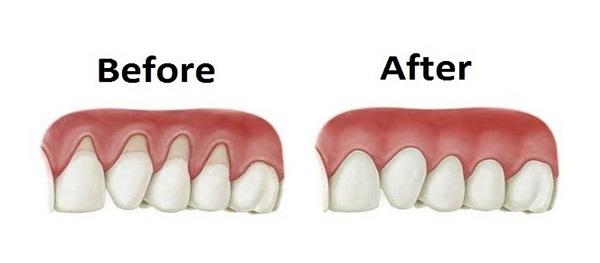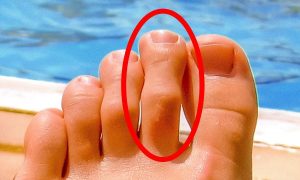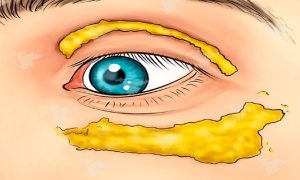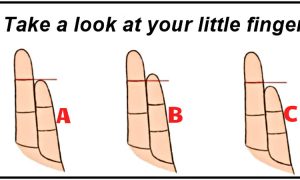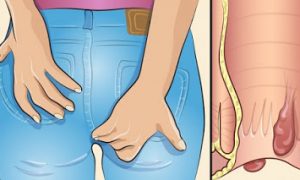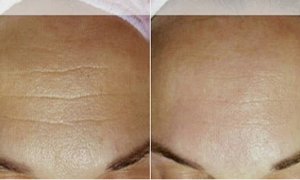What is a gum recession? It is a medicine term to describe the process when the margin of gum tissue that surrounds the tooth starts to pull back and expose more of the tooth or its root. Noticeable gaps can be made and can become easy target for disease-causing bacteria. This is a condition that must be treated in order to protect the teeth from damaging and loss.
This is a common dental problem because of its subtle start. It occurs so gradually, so there are a lot of people who don’t even know that they have gum recession. Go to the dentist if you notice that a tooth appears more than the surrounding teeth or if you feel little bump near the gum line.
Here are some of the explanations why do gums recede
Genetic predisposition: the genetics account has its role in the dental health, as it has it for many other health conditions. The studies have found that more than 30 percent of the population is at risk of having gum diseases because of genetics.
Harsh tooth brushing: you need to wash your teeth gently if you don’t want to provoke the enamel of the teeth to go away and receding gum.
Inadequate dental care: if you don’t brush, floss or rinse properly you may provoke bacteria to reside in your mouth. Accumulation of bacteria leads to tartar, which can only be removed via teeth cleaning.
Hormonal transitions: there are some conditions in woman’s life, such as puberty, pregnancy and menopause where the hormones fluctuate. That may cause gum sensitivity that can lead to gum recession.
Periodontal disease: this is the leading cause of gum recession. It is bacterial gum infection that destroys the gum tissue and the bone that surrounds the tissue.
8 NATURAL WAYS TO TREAT RECEDING GUMS
- Sea salt rinse
Add some sea salt in a cup of warm water, swish it for about 15 seconds in your mouth and spit it out. This simply method is the easiest way to ease pain, gum recession and inflammation. For best results repeat it 2-3 times a day.
- Sesame seed oil rinse
The sesame oil with its anti-inflammatory and antibacterial properties can be very beneficial if you use it daily for approximately one month. All you have to do is swish one tablespoon sesame oil for about 15 minutes or until the oil becomes thinner. Spit it out and rinse with water.
- Chamomile tea
The chamomile flower with its antiseptic properties can help you to reduce the gum inflammation. Into a cup of hot water add 2-3 teaspoons of chamomile tea mix and leave it for about 10 minutes, strain it and wait until cool. Repeat the process three times a day until is necessary.
- Tea tree oil
This oil has antibiotic and anti-inflammatory properties so regular application can help you to reduce gum bleeding and gingivitis. Put 1-2 drops on the toothbrush or mix it with the toothpaste. Use it two times a day for a few weeks.
- Coconut oil
This oil mixed with baking soda will help you to clean your mouth of bacteria-causing acids and can also be effective treatment for gum diseases. All you have to do is to mix two tablespoons of both ingredients and use it as toothpaste once or twice per week.
- Myrrh mix
It is highly recommended as remedy for sore gums. In a cup of warm water add 10-12 drops of myrrh tincture and use it as mouth rinse for your normal brushing routine.
- Cranberry juice
Cranberry juice has been found to be very effective in treating oral problems. It’s excellent antioxidant and is very rich in vitamin C. Drink four ounces of cranberry juice if you want to prevent bacteria from accumulating and hardening into the teeth.
- Green tea
Japanese scientists have found that drinking a cup of green tea every day can decrease periodontal pocket depth, reduce the gum bleeding and can improve the attachment of the gums to the teeth. The green tea and the cranberry juice are the two best products that we can drink to promote oral health.


